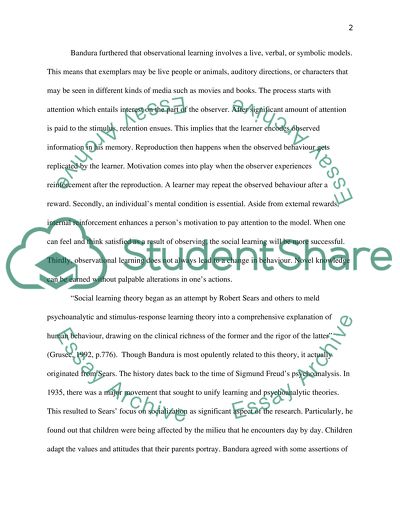Cite this document
(“Social Learning Theory (one of the communication theories) Assignment”, n.d.)
Retrieved from https://studentshare.org/journalism-communication/1402444-social-learning-theory-one-of-the-communication
Retrieved from https://studentshare.org/journalism-communication/1402444-social-learning-theory-one-of-the-communication
(Social Learning Theory (one of the Communication Theories) Assignment)
https://studentshare.org/journalism-communication/1402444-social-learning-theory-one-of-the-communication.
https://studentshare.org/journalism-communication/1402444-social-learning-theory-one-of-the-communication.
“Social Learning Theory (one of the Communication Theories) Assignment”, n.d. https://studentshare.org/journalism-communication/1402444-social-learning-theory-one-of-the-communication.


